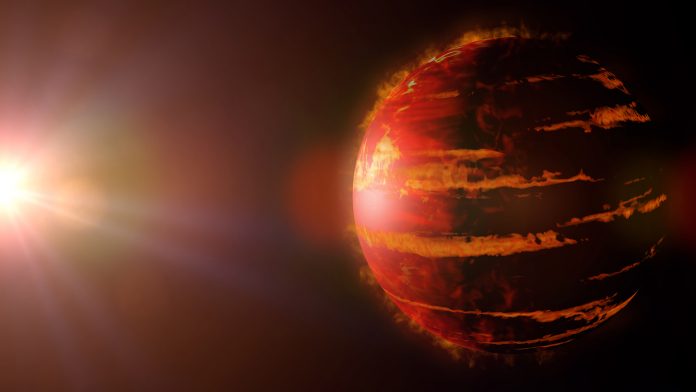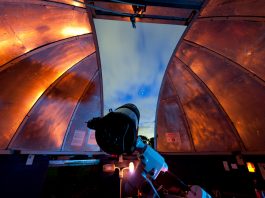Astronomers from Cornell University have improved a mathematical model to accurately predict the temperatures of exoplanets from solar systems hundreds of light-years away.
The newly developed mathematical model will allow scientists to collect data on an exoplanet’s molecular chemistry and gain insight on the cosmos’ planetary beginnings, according to research published in Astrophysical Journal Letters.
Nikole Lewis, assistant professor of astronomy and the deputy director of the Carl Sagan Institute (CSI), noticed that scientific papers described exoplanets as being much cooler than predicted by theoretical models.
“It seemed to be a trend – a new phenomenon,” Lewis said. “The exoplanets were consistently colder than scientists would expect.”
What are hot Jupiters?
Astronomers have detected more than 4,100 exoplanets, among them are ‘hot Jupiters’, a common type of gaseous giant that always orbits close to its host star. Due to their star’s strong gravitational pull, hot Jupiters always have one side facing their star, a situation known as ‘tidal locking’.
Whilst one side of the hot Jupiter is incredibly hot, the planet’s far side features much cooler temperatures. In fact, the hot side of the tidally locked exoplanet caused the body to bulge.
Astronomers have traditionally seen the exoplanet’s temperature as homogenous, making it seem much colder than physics would dictate.
Temperatures on exoplanets have the potential to vary by thousands of degrees, according to lead author Ryan MacDonald, a researcher at CSI, who said wide-ranging temperatures can promote radically different chemistry on different sides of the planets.
Predicting the temperatures of exoplanets
After examining many scientific papers on the temperatures of exoplanets, Lewis, MacDonald and research associate Jayesh Goyal solved the mystery of seemingly cooler temperatures.
“When you treat a planet in only one dimension, you see a planet’s properties – such as temperature – incorrectly,” Lewis said. “You end up with biases. We knew the 1,000-degree differences were not correct, but we didn’t have a better tool. Now, we do.”
“We won’t be able to travel to these exoplanets any time in the next few centuries, so scientists must rely on models,” MacDonald said.
With updated models that incorporate current exoplanet data, astronomers can accurately determine the temperatures of exoplanet and better understand the planet’s chemical composition.









